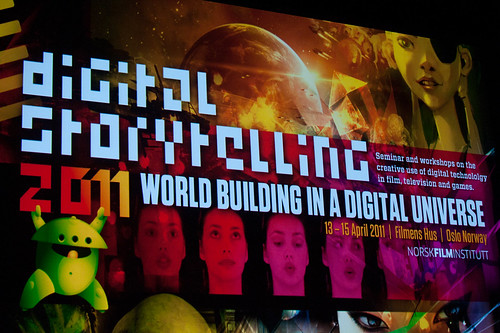Discoveries, thoughts, and reflections on technology and foreign language instruction from a beginning teacher.
Saturday, March 31, 2012
Bookr and Flickr
Bookr is a pretty simple way to illustrate a story or poem. I chose to use it with the poem Acuarela by Clarisa Ruiz because the poem is short and its very nature demands images. It was a fun way to make the meaning accessible in multiple ways. This is how I would like to use digital storytelling in my classroom. Since I love poetry, this would be a great way to incorporate something I enjoy into my lessons. Students will probably enjoy poetry better if they can portray it and explain it using images like this.
This would be a great way for students to practice their literacy skills, increase their vocabulary, learn about creative commons licencing and intellectual property, and use their own creative interpretations and skills to represent a Spanish poem with pictures. It would be a neat idea to have students create Flickr accounts and their own images for the books. This could even work in conjunction with their art classes. There are so many possibilities, all of which I think students would find more enjoyable then a standard reading/discussion of poetry.
Tuesday, March 27, 2012
Digital Storytelling

Photo by digistorytellin on flickr
Stories bring people together, create bonds between people, and are the essence of our memories. Sharing stories digitally is a powerful tool for archiving and connecting with people across time and generations. Digital storytelling is neat because it combines the words (recordings or text) with images, sounds, and music. It is a multidimensional way to present and remember.
Digital storytelling is a great tool for education because it causes students to create narratives "typically with a strong emotional component" ("7 things you should know about...Digital Storytelling"). Students can use this tool to present in a myriad of genres; "digital stories let students express themselves not only with their own words but also in their own voices, fostering a sense of individuality and of “owning” their creations" ("7 things you should know about...Digital Storytelling").
I enjoyed this video example of digital storytelling and the examples for use in the classroom, including documenting historical moments, retelling personal histories, exposing uncommon stories, and using the materials of this age (YouTube, etc.) to enhance the story ("The Educational Uses of Digital Storytelling"). This are all potential projects in the second language classroom. Digital storytelling would be an interesting way of documenting news headlines from throughout the school year, perhaps a culminating project of weekly current events. I can see using this as an introduction to my students (about myself), to review tenses (students retell a story from the past or create one about their futures), and to research culture. There are so many options.
I really love that this is a way for students to be creative, use the technology with which they're so familiar, and practice a practical skill: storytelling. This meaningful, authentic activity is one students will do for the rest of their lives in any language and a great skill to practice in the second language classroom.
Saturday, March 3, 2012
Twitter Possibilities
 |
| Photo link |
Twitter can be beneficial in my classroom because it will enable me to connect with other teachers and native speakers of Spanish. My students will benefit from my conversations with other teachers on methods, activities, assessments, and procedures and my conversations with natives as I improve my language use and cultural understandings.
Subscribe to:
Comments (Atom)